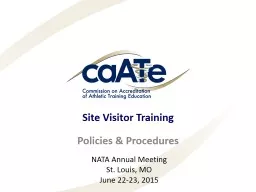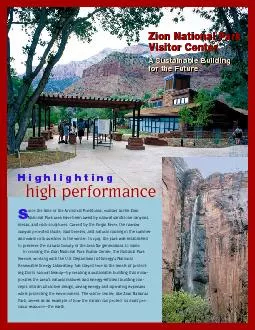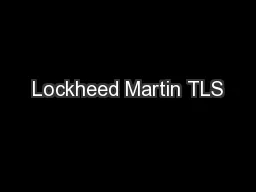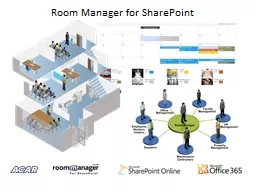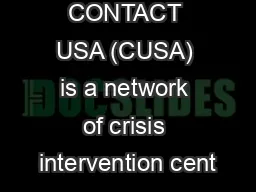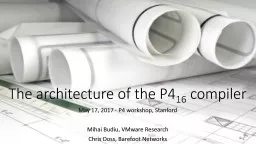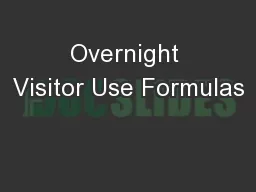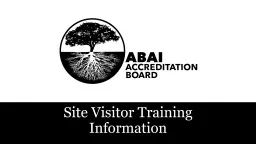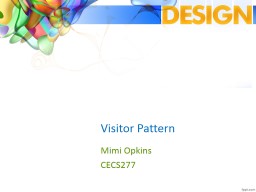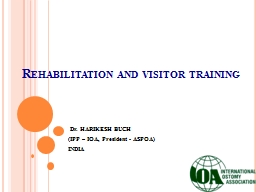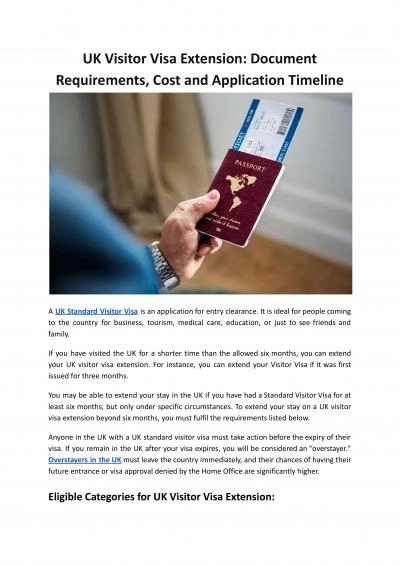PPT-Site Visitor Training
Author : pamella-moone | Published Date : 2016-07-01
Policies amp Procedures NATA Annual Meeting St Louis MO June 2223 2015 Agenda WelcomeIntroductions Understanding CAATE Roles and Responsibilities Policies Site
Presentation Embed Code
Download Presentation
Download Presentation The PPT/PDF document "Site Visitor Training" is the property of its rightful owner. Permission is granted to download and print the materials on this website for personal, non-commercial use only, and to display it on your personal computer provided you do not modify the materials and that you retain all copyright notices contained in the materials. By downloading content from our website, you accept the terms of this agreement.
Site Visitor Training: Transcript
Download Rules Of Document
"Site Visitor Training"The content belongs to its owner. You may download and print it for personal use, without modification, and keep all copyright notices. By downloading, you agree to these terms.
Related Documents

